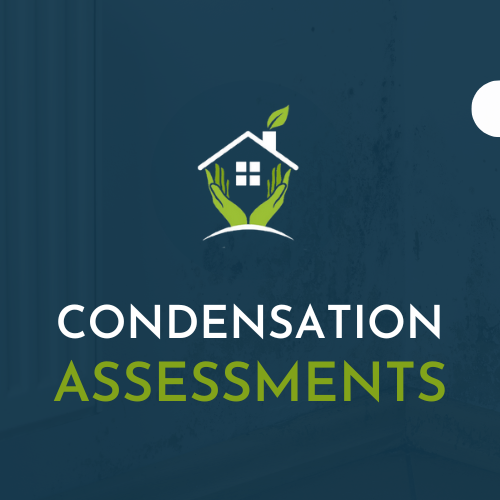1. Improving Moisture Control in Student Housing
Moisture control is essential in preventing dampness in student accommodations. High levels of moisture can lead to mould growth, which can cause health problems for students. To control moisture levels in student housing, it is crucial to install proper ventilation systems, use dehumidifiers, and ensure proper insulation.
Proper ventilation can help remove excess moisture from the air, while dehumidifiers can help reduce humidity levels. Insulation can also help prevent condensation from forming on walls and ceilings, which can lead to dampness. By implementing these measures, you can create a comfortable and healthy living environment for students.
2. Effective Strategies for Preventing Dampness in Student Accommodations
Regular maintenance and inspections can help identify and address any potential dampness issues before they become a problem. This can include checking for leaks, inspecting the roof for damage, and ensuring that gutters and downspouts are clear of debris. Additionally, using moisture-resistant materials and ensuring proper drainage can also help prevent dampness in student housing.
Moisture-resistant materials, such as mould-resistant drywall, can help prevent mould growth. Proper drainage can help prevent water from pooling around the foundation of the building, which can lead to dampness in the basement or crawl space. By taking these steps, you can prevent dampness from occurring and ensure a healthy living environment for students.
3. Effective Strategies for Reducing Damp in Student Housing
Addressing any existing moisture issues, such as leaks or condensation, is key to reducing damp in student housing. This can include repairing any leaks in the roof or plumbing, fixing any cracks in the foundation, and ensuring that windows and doors are properly sealed. Proper ventilation and insulation can also help reduce moisture levels and prevent dampness.
Ventilation can help remove excess moisture from the air, while insulation can help prevent condensation from forming on walls and ceilings. By reducing moisture levels, you can prevent dampness from occurring and create a comfortable living environment for students.
4. Damp-Proofing Techniques for Student Residences
Sealing any cracks or gaps in walls and floors, using waterproof coatings, and installing damp-proof membranes can all help damp-proof student residences. It's also important to address any potential sources of moisture, such as leaks or condensation.
Sealing cracks and gaps can help prevent moisture from entering the building, while waterproof coatings can help prevent water from penetrating the walls or floors. Damp-proof membranes can also help prevent moisture from entering the building through the foundation. By taking these measures, you can prevent dampness from occurring and ensure a healthy living environment for students.
5. Managing Humidity Issues in Student Housing
Proper ventilation and dehumidification can help manage humidity levels in student housing. It's also important to address any potential sources of moisture, such as leaks or condensation, and to ensure proper insulation to prevent condensation from forming.
Ventilation can help remove excess moisture from the air, while dehumidifiers can help reduce humidity levels. Insulation can also help prevent condensation from forming on walls and ceilings, which can lead to dampness. By managing humidity levels, you can prevent dampness from occurring and create a comfortable living environment for students.
In conclusion, by implementing these top 5 damp solutions for student housing, you can prevent moisture problems and create a comfortable and healthy living environment for students. It's important to address any potential moisture issues as soon as possible to prevent them from becoming a bigger problem. Regular maintenance and inspections can help identify and address any potential issues before they become a problem. Using moisture-resistant materials, ensuring proper drainage, and addressing any potential sources of moisture can also help prevent dampness in student housing. Proper ventilation, insulation, and dehumidification can help manage moisture levels and prevent dampness from occurring.


